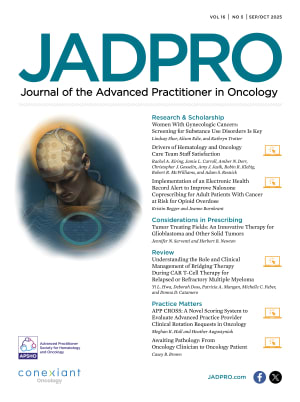Abstract
Purpose: This study aimed to investigate the correlation between geographical factors, including rurality, persistent poverty counties, racial residential segregation, and adherence to colorectal cancer (CRC) screening among low-income uninsured and underinsured individuals in Texas. Methods: Utilizing retrospective survey data collected by the A&M Texas Cancer Screening program from 2011 to 2022, linear mixed-effects models were employed. The models examined CRC screening adherence within the recommended time frame as the primary outcome, with geographical county-level characteristics (rurality, racial residential segregation, and persistent poverty) as the main predictors, controlling for other sociodemographic variables. Findings: The linear mixed-effects analysis revealed that individuals residing in counties characterized by high racial residential segregation (OR = 0.54, 95% CI = 0.36–0.79) or persistent poverty (OR = 0.65, 95% CI = 0.45–0.92) were less likely to self-report having undergone any type of CRC screening within the recommended time frame compared to those in counties with lower racial residential segregation and non-persistent poverty. Conversely, residents of rural counties were more likely to report being up to date with CRC screening compared to their urban counterparts (OR = 1.8, 95% CI = 1.27–2.55). Conclusions: The findings underscore the need for more targeted CRC screening promotion strategies tailored to low-income, uninsured populations residing in disadvantaged areas such as rural and persistent poverty counties, as well as those characterized by high racial residential segregation.







